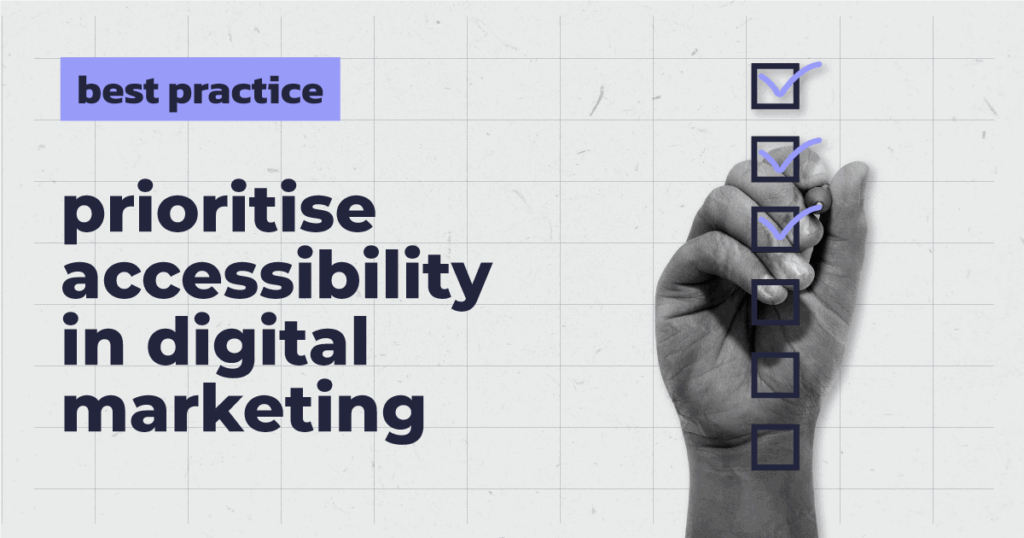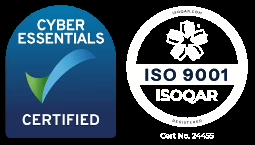Prioritising accessibility within digital and mobile marketing isn’t just an act of compliance – it’s about maximising your digital marketing input and impact. With mobile marketing at the forefront of fonemedia, ensuring accessibility is vital to ensure that every consumer of the products and campaigns can get the most out of it.
Why mobile accessibility matters:
Expanded reach – With digital marketing, businesses need to be able to reach broad audiences, which includes those with disabilities who rely on accessibility to be able to read and understand content.
Enhanced user experience – Improving mobile accessibility boosts user experience for everyone, which leads to higher engagement and better conversion rates.
Legal Compliance – Meeting accessibility standards isn’t just ethical – it’s often legally required. The public sector bodies (website and mobile applications) (no. 2) accessibility regulations 2018 states that you must make your website or mobile app accessible by making it ‘perceivable, operable, understandable and robust’ as well as having an updated accessibility statement on your website (gov.uk, 2018).
By enforcing these strategies, businesses can create more inclusive campaigns, reach a wider audience, and drive greater success in the mobile era.
— James Dalton, Group Chief Executive Officer – fonemedia
Key Strategies
Responsive Design – Ensure your website adapts seamlessly to screen sizes ranging from desktop, tablet, and mobile, optimising readability and usability. Headings in your design should follow a logical order, be easy to read, and should add structure rather than be a visual aspect. Links should be shown with a descriptive anchor rather than the URL or ‘click here’.
Colours and visual impairments – To aid users with visual impairments, use contrasting text and background colours to improve legibility and adapt images for users with colour blindness.
Image ALT text – Provide descriptive alternative text and subtitles for images, enabling screen reader users to understand visual content.
Video accessibility – Include captions and audio descriptions in videos, and avoid flashing elements and loud background music to make content accessible with both hearing and visual impairments.
Adjusting tone of voice – For accessibility for screen readers and people with learning disabilities such as dyslexia – the brand’s tone of voice should be adapted to be more functional. Write in plain English, avoiding technical terms, jargon, complicated language, and ensuring short sentences and paragraphs. Avoid ableist and gender-specific terms. Avoid abbreviations, acronyms, and substituting symbols for words.
By enforcing these strategies, businesses can create more inclusive campaigns, reach a wider audience, and drive greater success in the mobile era.
Contact our team to discuss the best practices for your campaign’s creative.










